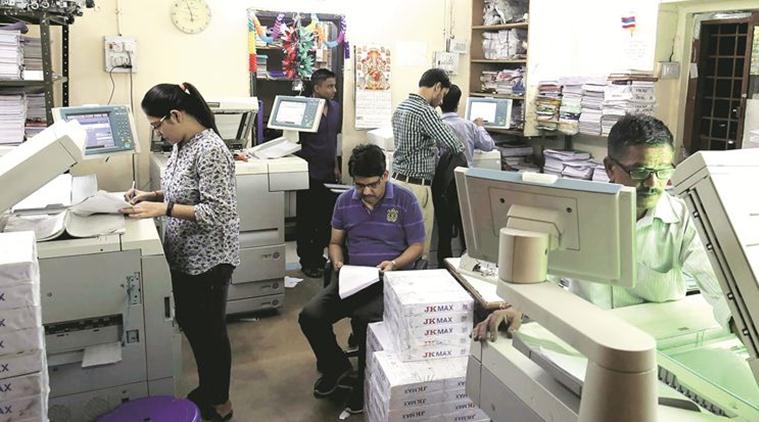

Brian presents the judge with a printout of a text conversation wherein it appears Maggie tells me “No problem, don’t worry about it.” Brian claims this regards the “gift” of the cell phone.

They are arguing about whether or not Maggie gave Brian an expensive smartphone as a gift, or whether she intended that he repay her. Maggie and Brian, her ex-boyfriend, are in small claims court. This rule does not mean that copies of documents or other evidence can never be used in court – only that, if the actual contents of that evidence is in question, the best evidence to prove it is the original.

In some cases, the best evidence rule has been misunderstood. In such a case, there may very well have been significant error, nor could fraud be written off. This made a great deal of sense at the time, as copies of documents were made by hand, often by clerks, though even litigants might have hand-copied a document. In 18th century England, Philip Yorke, 1st Earl of Hardwicke – a prominent lawyer of the time – made the argument that no evidence should be admissible in court, unless it is ” the best that the nature of the case will allow.” The rule followed that secondary evidence would not be admitted if the original evidence existed.


 0 kommentar(er)
0 kommentar(er)
